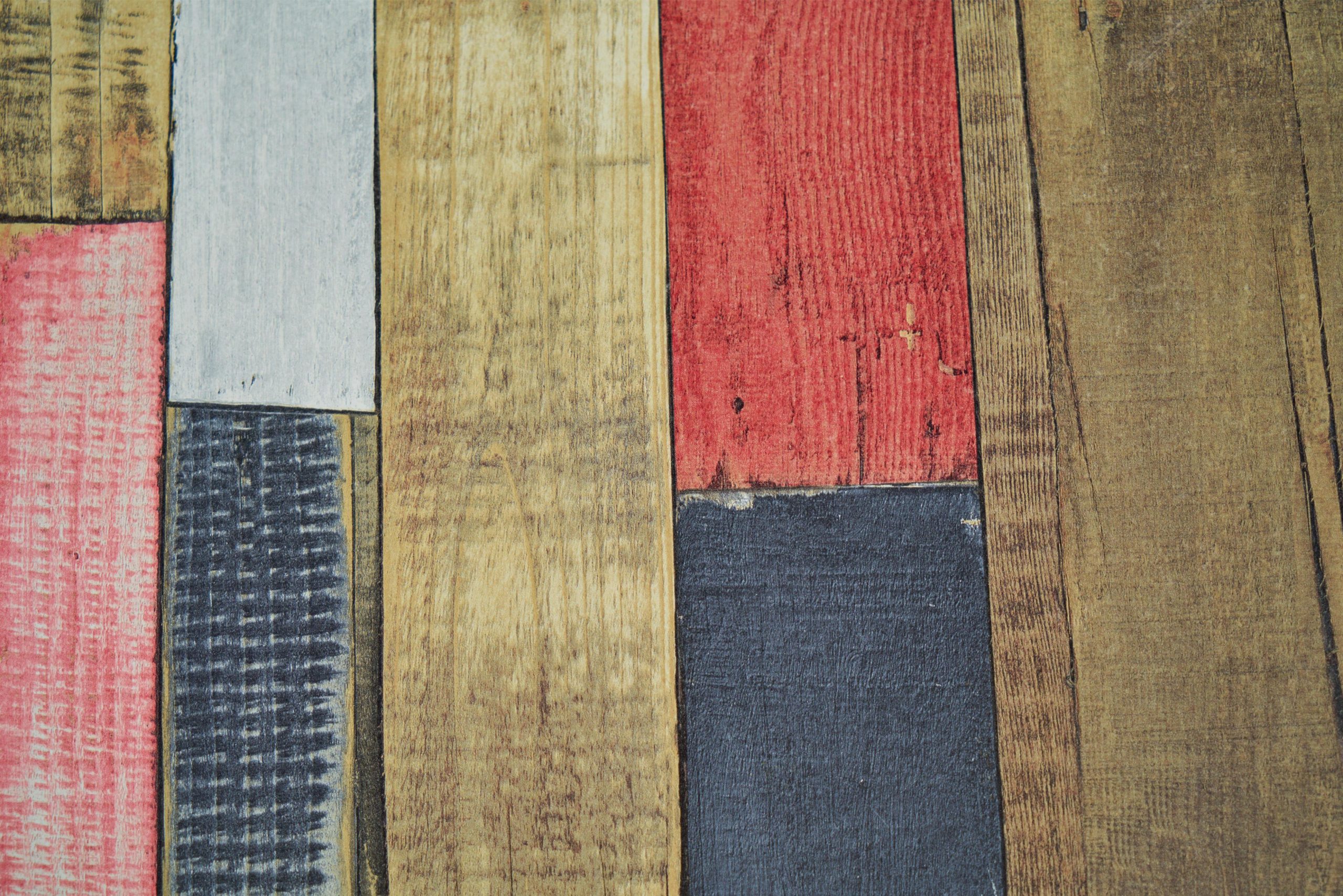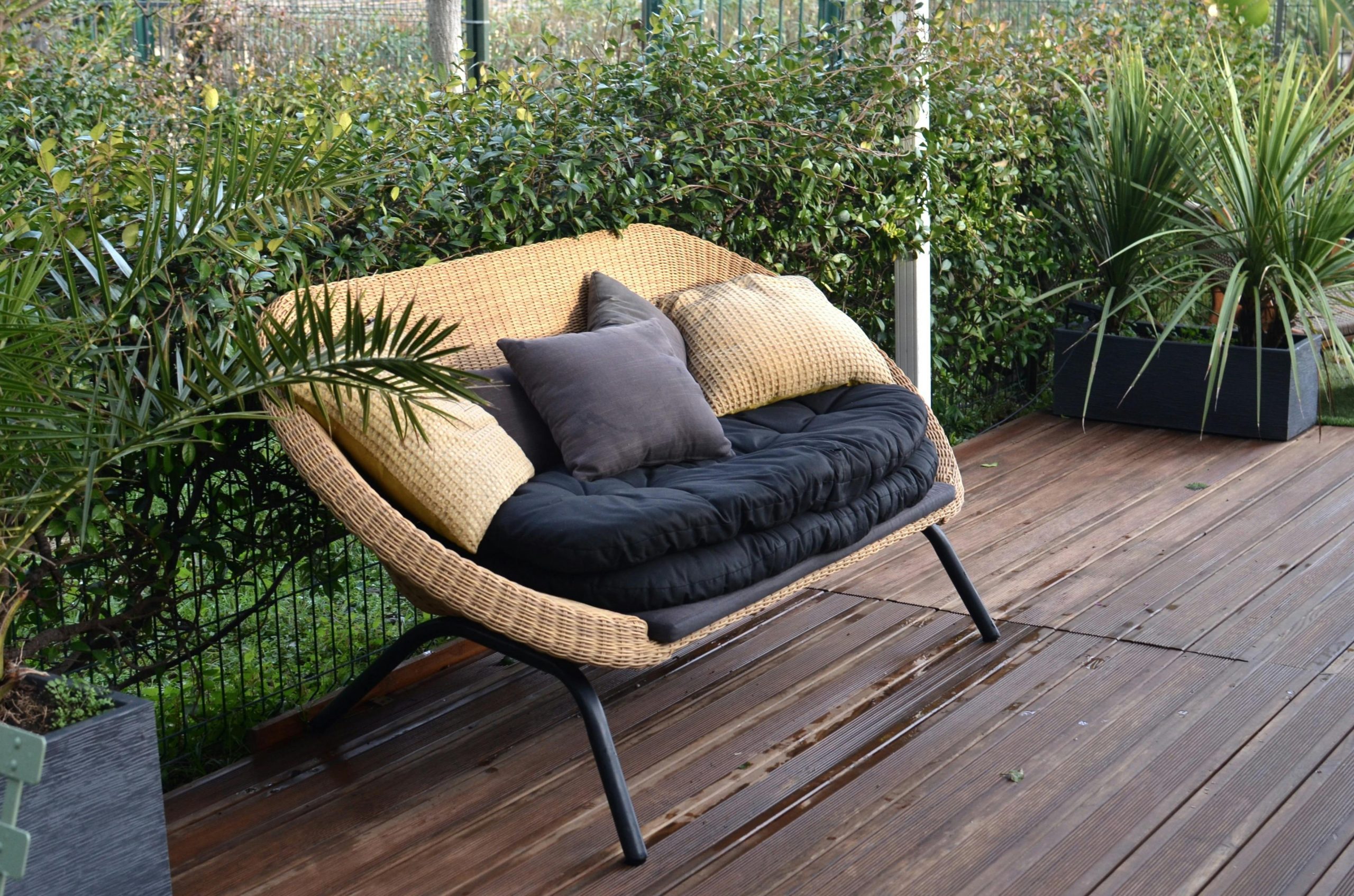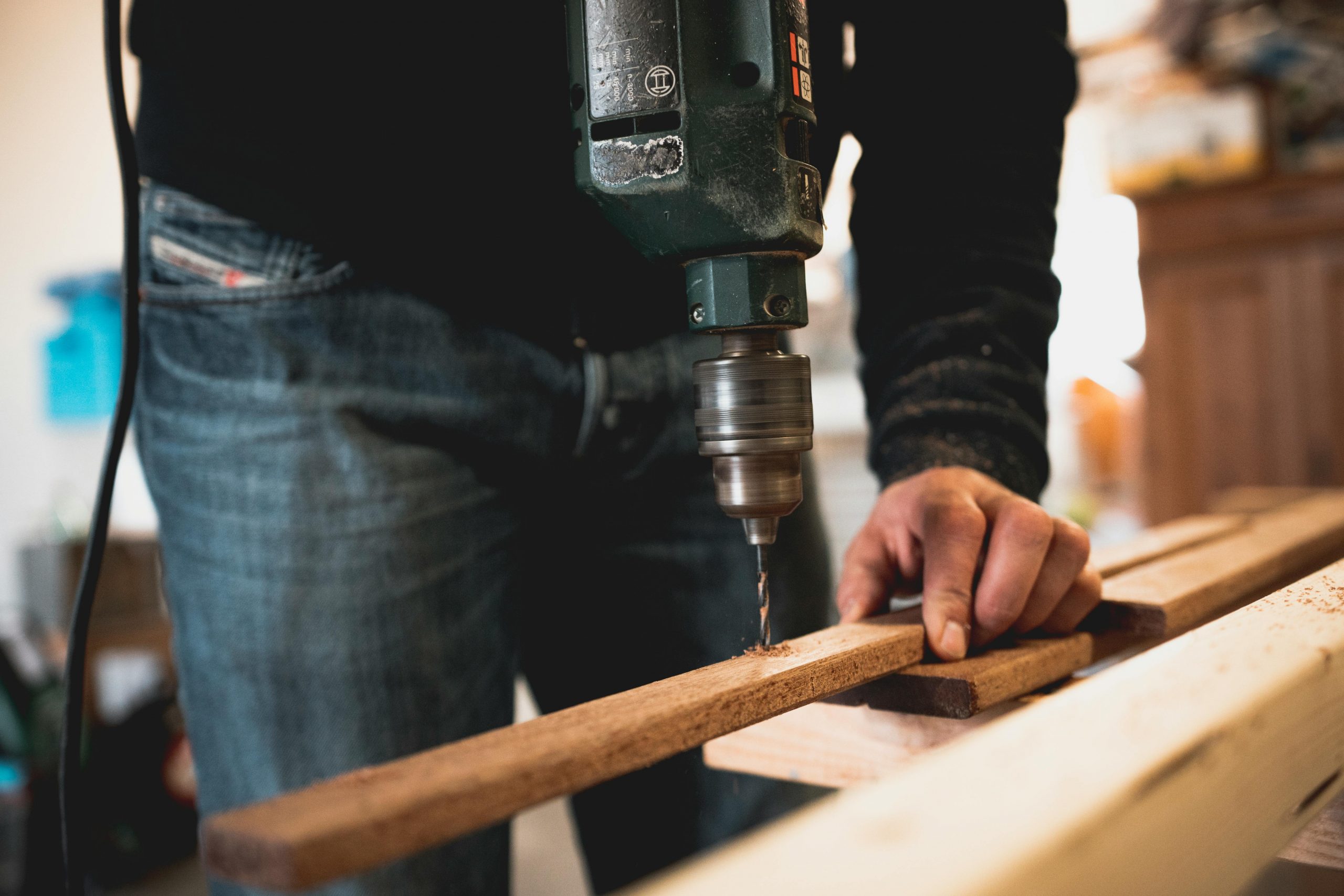
How to Paint a Deck: A Step-by-Step Guide for a Long-Lasting Finish

Painting your deck is one of the best ways to improve its look and protect it from weather damage. Whether your deck is old or new, the right paint job can make it last longer and look great. In this guide, we’ll show you how to paint a deck, step by step, using simple tools and materials. We’ll also cover tips on choosing paint, avoiding mistakes, and keeping your deck looking great for years to come.
Why Should You Paint Your Deck?

Painting your deck has several benefits:
- Protects from weather: Paint creates a barrier against rain, sun, and snow.
- Prevents rot: Sealing wood keeps out moisture and reduces the chance of mold or rot.
- Improves appearance: A fresh coat of paint gives your deck a clean, new look.
- Easier to clean: Painted surfaces are usually easier to sweep or rinse off.
- Extends deck life: With proper care, painted decks can last for many years without needing major repairs.
If your deck is already showing signs of wear or fading, painting it can restore both its function and beauty.
You might also choose to paint for personal style reasons. Paint allows for a wide range of colors, making it easier to match the deck with your home’s exterior or to express your design taste. It’s a chance to turn your outdoor space into a true extension of your home.
Tools & Materials You’ll Need
Before you start, gather these supplies:
- Deck cleaner or wood brightener
- Scrub brush or power washer
- Sandpaper or power sander
- Paint scraper (for peeling paint)
- Painter’s tape
- Drop cloths or plastic sheets
- Exterior paint or deck paint
- Paintbrush, roller, or paint sprayer
- Paint tray
- Stir stick
- Safety gear (gloves, goggles, mask)
- Wood filler (for cracks or small holes)
- Deck primer (if needed for older or bare wood)
Having the right tools ready will make the process faster, easier, and more effective.
When buying materials, try to get high-quality paint and brushes. Premium materials cost more upfront but result in a longer-lasting finish that saves money in the long run.
Step 1: Check the Weather Forecast
Painting should be done in dry, mild weather. Make sure you have:
- No rain for at least 48 hours
- Temperatures between 50°F and 85°F
- Low humidity for faster drying
Bad weather can ruin your hard work. Painting when it’s too cold or damp can lead to poor adhesion, bubbling, or peeling.
It’s also helpful to plan for a full weekend or several days when no rain or extreme temperatures are expected. This gives you enough time for prep, painting, and drying.
Step 2: Clean the Deck
Cleaning is one of the most important steps. Dirt, mold, and old paint will stop the new paint from sticking properly.
- Remove furniture, plants, and rugs from the deck.
- Sweep away loose dirt and leaves.
- Use a deck cleaner and scrub brush, or a power washer if available.
- Rinse the deck and let it dry for at least 24–48 hours.
If your deck has mildew or algae, use a cleaner with mold-killing ingredients. Follow the cleaner instructions carefully and wear safety gear.
A properly cleaned deck gives you a fresh surface that helps paint last longer and look smoother.
Step 3: Sand the Surface
Once the deck is dry, sand any rough spots:
- Use 60- to 80-grit sandpaper for large surfaces.
- Focus on splintered areas, high-traffic spots, and edges.
- If your deck had old paint, scrape off peeling sections and sand them smooth.
You can use a power sander for faster results, especially for large decks. Make sure to remove all dust after sanding using a broom, blower, or damp cloth.
Don’t skip this step—it helps the paint grip the wood and ensures a professional finish.
Step 4: Repair Any Damage

Check your deck closely for damage:
- Loose nails or screws: Replace or tighten them.
- Cracks or holes: Fill with wood filler and sand smooth after drying.
- Rotting boards: Remove and replace any severely damaged wood.
Doing repairs now helps your deck last longer and ensures a smooth, safe finish.
Minor issues can turn into major problems if ignored. Take the time to fix them now to avoid bigger repairs later.
Step 5: Protect Nearby Surfaces
Use painter’s tape to cover:
- Siding or walls that touch the deck
- Railings (if painting the floor first)
- Door frames or posts
Lay down drop cloths or plastic sheets under the edges to protect concrete, grass, or flower beds from paint drips and splatters.
This step keeps your project clean and saves you time on cleanup later.
Step 6: Choose the Right Paint
Choosing the right paint is essential for long-lasting results. Look for paint labeled for exterior use and specifically made for decks or wood surfaces.
Types of Paint:
- Acrylic latex paint: Easy to apply, quick-drying, and resists fading and mildew.
- Oil-based paint: Durable and water-resistant, but takes longer to dry and may have strong fumes.
Opacity options:
- Solid color: Covers the wood completely, great for older decks with stains or mismatched boards.
- Semi-solid or semi-transparent: Shows some wood grain, ideal for newer or well-maintained decks.
Optional Primer:
Some older or bare wood surfaces benefit from a primer. It helps the paint stick better and adds another layer of protection.
If you’re unsure, ask at your local paint store. Staff can recommend products based on your climate and the condition of your deck.
Step 7: Apply the Paint
Now it’s time to paint your deck.
Start with the edges and railings:
- Use a brush to cut in around posts, steps, or where the deck meets the house.
Paint the floorboards:
- Use a roller or sprayer for faster coverage.
- Work in small sections (3–4 boards at a time).
- Paint with the grain of the wood for a smoother finish.
- Apply a thin, even coat.
Let it dry completely. Most paints need at least 4–6 hours to dry. Some may take longer, depending on humidity and temperature.
Apply a second coat:
- Once the first coat is fully dry, apply a second for durability and even color.
Drying vs. Curing:
- Paint may feel dry to the touch within a day, but full curing can take several days. Avoid placing heavy furniture or walking heavily on it during this time.
Patience pays off. Letting the paint cure completely helps it resist wear and tear.
Step 8: Clean Up and Let It Cure
After painting:
- Wash brushes and rollers (with soap and water for latex or thinner for oil-based paints).
- Remove painter’s tape carefully.
- Let the deck cure for 48–72 hours before using it normally.
Don’t rush to put furniture back. Giving the paint time to fully harden helps it last longer.
This is also a good time to inspect the deck one more time for missed spots or touch-ups.
Maintenance Tips to Keep Your Deck Looking Great
Once your deck is painted, a little care goes a long way. Here’s how to maintain it:
- Sweep off dirt and leaves weekly to prevent stains.
- Wash the deck every few months with mild soap and water.
- Check for peeling or chipping paint once or twice a year.
- Touch up paint in worn areas as needed.
- Avoid dragging furniture or using metal shovels that can damage the paint.
Consider applying a clear sealer or topcoat every couple of years for extra protection.
Common Mistakes to Avoid
Avoid these common errors to get the best results:
- Painting over dirty or damp wood
- Skipping sanding and prep work
- Using indoor or wrong type of paint
- Painting in hot sun or rainy weather
- Applying thick coats (which leads to bubbling and peeling)
Following proper steps makes a big difference in how your deck looks and how long it lasts.
When to Repaint Your Deck
Even with the best care, decks need repainting every few years. Here are signs it’s time:
- Faded or dull color
- Peeling or flaking paint
- Wood exposed or cracking
- Paint no longer repels water
Repainting every 2–4 years helps keep your deck protected and looking its best.
Timing your repainting during mild seasons (spring or fall) usually gives the best results.
Can You Paint Over a Stained Deck?
Yes, you can paint over a stained deck, but proper prep is key:
- Clean and sand the surface to remove dirt and gloss.
- Make sure the stain is old or worn; fresh stains may block paint adhesion.
- Use a bonding primer if the stain is oil-based.
Following these steps ensures that the paint sticks and doesn’t peel.
Can You Use a Paint Sprayer?
Yes. A sprayer can save time, especially on large decks or railings. Just make sure to:
- Use even strokes for a smooth finish
- Cover nearby plants or walls to prevent overspray
- Wear a mask and goggles for safety
- Follow the paint’s instructions for spraying
Sprayers provide even coverage but can be messy without proper setup.
Can You Paint a Pressure-Treated Wood Deck?
Yes, but only after the wood is completely dry. New pressure-treated lumber can take weeks or months to dry out. Painting too early can cause bubbling or peeling.
Test the wood:
- Sprinkle water on the surface. If it beads up, the wood isn’t ready.
- If it soaks in, it’s ready to paint.
Allow time and patience for the best results.
What If It Rains Right After Painting?
If it rains before the paint dries, it can wash away or cause streaks and bubbles. Here’s what to do:
- Let it dry completely.
- Sand lightly if needed.
- Apply a fresh coat once the weather is dry again.
This is why checking the weather ahead of time is critical.
Final Thoughts
Painting your deck is a great DIY project that boosts your home’s curb appeal and protects your outdoor space. By following the steps above—cleaning, prepping, choosing the right paint, and applying it correctly—you’ll get a professional-looking finish that lasts.
With the right tools, materials, and a bit of patience, painting your deck is something most homeowners can do themselves. The reward is a beautiful, durable outdoor space you’ll enjoy for years.